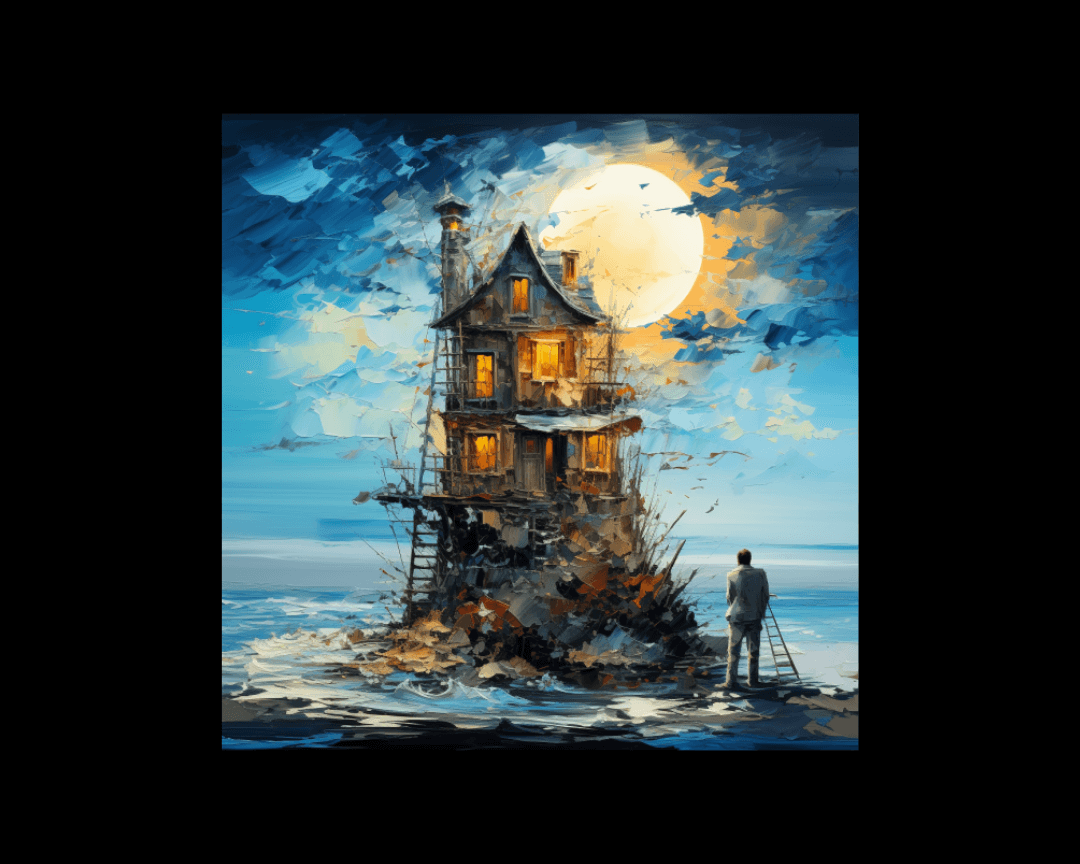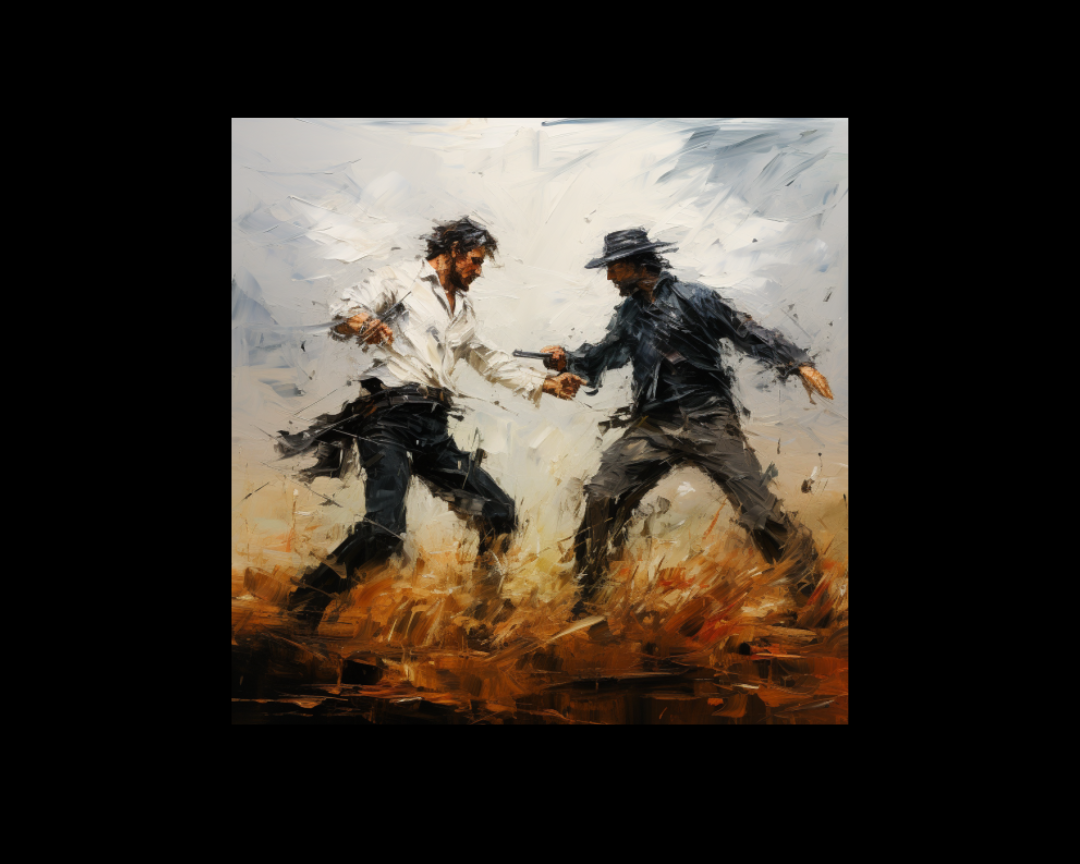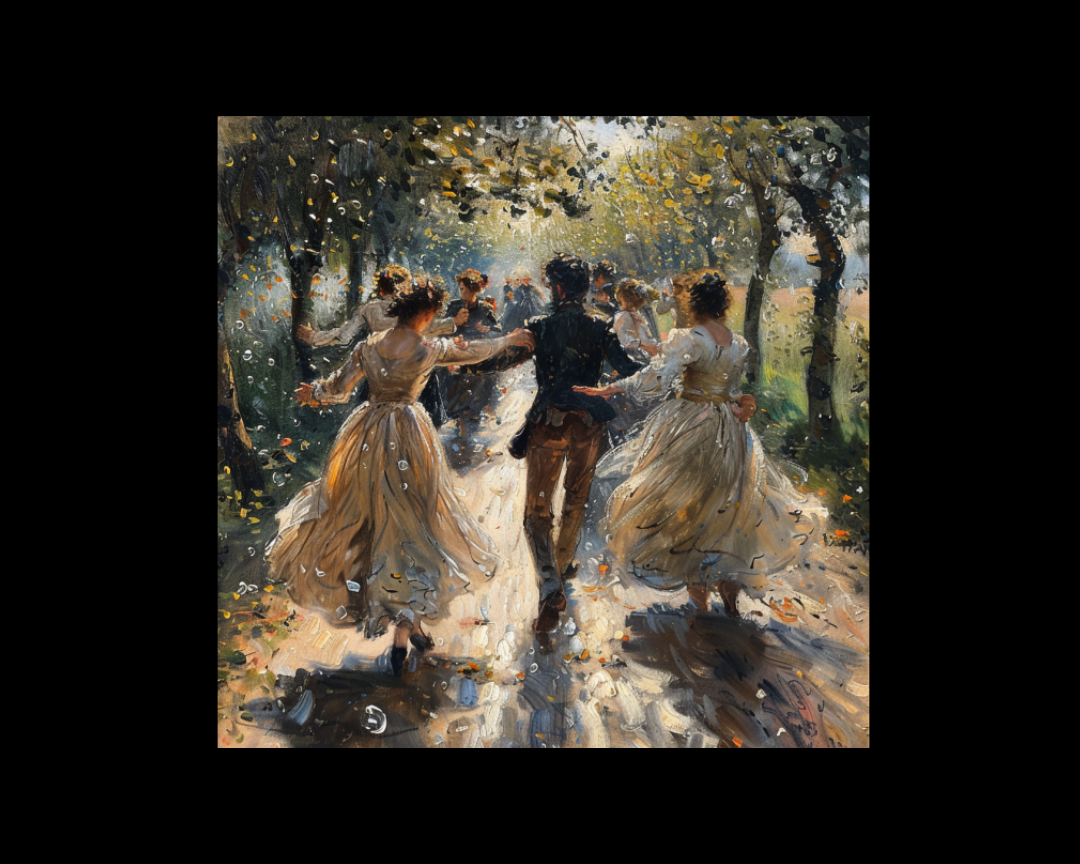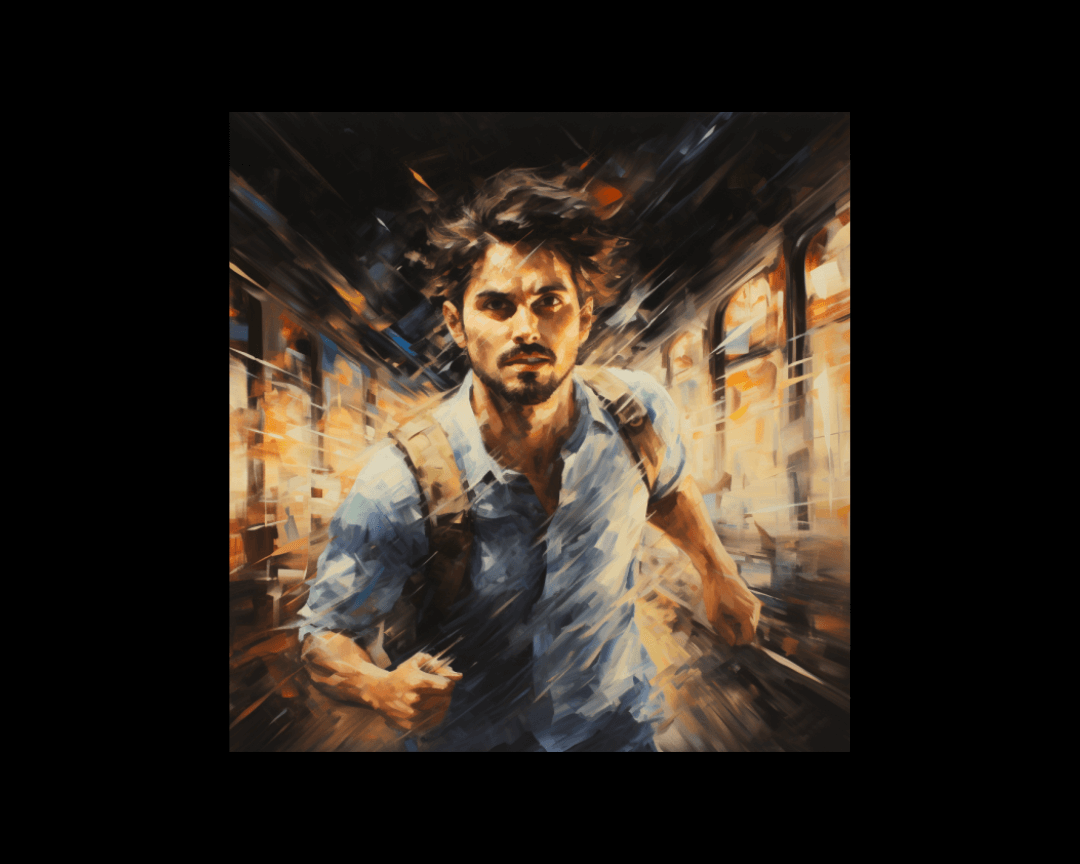Tips to Write Fight Scenes
Whether you're writing a thrilling action-packed novel or a fantasy epic, the ability to create engaging fights is a valuable asset. In this article,...

Have you ever felt overwhelmed by the daunting task of writing a book? Fear not, for we have a valuable guide to help you break it down into manageable pieces that will be enjoyable to write and captivate your readers – these are what we call scenes.
Before we review the intricacies of crafting scenes, let's start by defining what a scene truly is.
Think of scenes as the episodes in an ongoing drama series. They serve as the building blocks upon which each chapter of your book is constructed.
While they can function as self-contained mini-dramas, they also play an integral role in the broader narrative, propelling the story onward. Scenes can connect thematically, stylistically, symbolically, or directly in terms of plot to the subsequent scene.
Scenes may or may not involve your main character and may or may not feature dialogue.
However, all well-crafted scenes have one thing in common: they contribute meaningfully to your story. Readers should never feel that they are enduring a pointless scene.
Instead, strong scenes foreshadow what's to come and shed light on what has passed. They encapsulate a mood, a moment, an event, revealing clues, advancing the plot, enhancing character development, and deepening the reader's comprehension of the narrative.
Like scenes in a drama, compelling scenes in novels are meticulously crafted while staying aligned with the overarching story and theme. They are like delectable morsels that readers eagerly devour one after another.
Yet, many writers grapple with scene structure. How do you determine the length of scenes in your book? Should they be as long as chapters, shorter, or longer? How do you distinguish when one scene concludes and the next one begins to maximize impact and coherence?
Much like the length of your story, the answer is that scenes can vary in length as needed.
A chapter can encompass a single scene or multiple scenes. You are in control, and it's a good idea to diversify the length of your scenes to keep readers engaged.
A brief, punchy scene can be just as impactful as a more extended one that takes readers on an extensive journey of discovery. As the creator of your fictional world, the power to decide rests with you.
Imagine yourself as a stage manager responsible for shifting sets and cast members. You are the director, not only orchestrating the individual components of each scene but also deciding the order in which you present them to your readers.
You determine when characters enter and exit when new characters debut, when climactic moments occur, and when the point of view shifts or pivots.
These choices exert influence over the setting, characters, and plot what you choose to include or omit shapes the tone and narrative of your story. Each time something changes, whether it's a minor shift in mood, a leap in time or location, or a shift in the point of view of the character, a new scene is born.
Let's get practical now and embark on some planning exercises.
Select a scene from your book, any scene that piques your interest. It could be the first scene in chronological order or not. It may be a scene you've already written, or it's one you're eager to tackle. The choice is yours.
For instance, you could examine a scene you're itching to edit or write, especially one that represents a pivotal moment unlocking the entire narrative. Alternatively, choose a scene that appeals because it promises excitement, such as an action-packed fight scene or a scene with a critical turning point.
Regardless of your choice, this writing exercise will aid you in crafting compelling scenes.
Begin by carefully considering which characters should appear in the scene and where it should occur. If you've already written the scene, ask yourself if you've made the best choices regarding the cast and setting. If you're writing in the first or third person, evaluate whether you are satisfied with the narration and the chosen point of view character.
As you commence a scene, contemplate its mood. Reflect on what transpires before the scene starts and after it concludes.
Consider the scene's purpose: How do you want the reader to feel while experiencing it, and what emotions should linger after its completion? Do you want your characters to share those emotions?
The choice of setting can significantly impact the mood of your novel. While the setting doesn't necessarily have to mirror or symbolize the scene's events, it can be intriguing to contrast a somber funeral with a character receiving joyful news or a lively party marking the tragic end of a romance. Sometimes, the most suitable scene features a seemingly incongruous setting.
Bear in mind that surprise, rather than shock, is the key. Shock is easy to achieve—clap your hands loudly in a quiet room. Surprise, on the other hand, is subtle, clever, and thought-provoking.
Next, contemplate what will change from the beginning to the end of the scene. There must be a discernible difference, whether subtle or profound, or the location serves no purpose. It must earn its place in the narrative.
Thus, ask yourself if you've achieved this transformation. Additionally, consider whether the scene will leave the reader eagerly turning the pages, hungry for more, late into the night, or missing their bus stop.
Reflect on what the reader has learned and still needs to discover. Did you begin the scene too late or conclude it too early? Could it be more exciting or enticing to start partway through the action?
Remember the mantra: "Get in late and leave early" when crafting your scenes.
Before you rush off to write your next scene, it might be helpful to examine a masterful example. Take, for instance, the opening scene of Zoe Heller's "Notes on a Scandal." This scene commences after the events that have brought the two protagonists together. What makes this scene so potent?
Firstly, it hints at serious transgressions right from the outset:
"The other night at dinner, Sheba talked about the first time she and the Connolly boy kissed."
—Zoe Heller, "Notes on a Scandal"
This opening line immediately draws the reader in and conveys crucial elements: tone, genre, theme, and plot. Most importantly, it introduces the reader to the voice of our narrator, Barbara Covett, a character with one of the most evocative names in literature. Barbara, who cares for Sheba, invites us to hear her version of events.
Through Barbara's narrative, we gain insights into these two characters' complex relationships. The scene provides a deep understanding of the power dynamics between Barbara and Sheba, exploring issues of class, status, and age.
The opening scene covers significant ground in terms of backstory. Still, it primarily establishes the immediate situation of the two protagonists, holed up in a cramped flat with the press pounding at the door. Sheba's recent traumatic experiences are still fresh, and every evening, she bares her soul to Barbara during their dinners.
This scene effectively establishes the shifting power dynamics between Barbara and Sheba, offering a masterclass in the principle "Show, Don't Tell." It exemplifies how scenes can be used to convey critical information and set the tone for the narrative.
Now, let's consider a scene further into the story that deals with a long-anticipated and pivotal moment, such as Daisy and Gatsby's reunion in F. Scott Fitzgerald's "The Great Gatsby."
Fitzgerald employs dialogue rich with subtext to imbue their encounter with suppressed longing. There's ample room for readers to fill in the gaps.
Gatsby focuses on an old clock to delay saying everything he's been yearning to say now that he's with Daisy once again. Meanwhile, Nick, the host and narrator, awkwardly occupies the role of the third wheel.
"My own face had now assumed a deep tropical burn. I couldn't muster up a single commonplace out of the thousand in my head."
—F. Scott Fitzgerald, "The Great Gatsby"
As the scene progresses, Gatsby loses his nerve and abruptly departs. Nick attempts to navigate the situation, but even he reaches his breaking point. The power dynamics shift, placing Nick, typically the underdog, in control.
"You're acting like a little boy," I burst out impatiently. "Not only that, but you're rude. Daisy's sitting in there all alone."
—F. Scott Fitzgerald, "The Great Gatsby"
Upon Gatsby's return to Daisy's side, Nick withdraws from the scene, once more establishing himself as an outsider.
"When he returns, they are seated on either end of the same couch... looking at each other as if some question had been asked or was in the air, and every vestige of embarrassment was gone."
—F. Scott Fitzgerald, "The Great Gatsby"
Consider what makes these scenes powerful and how to apply these principles to your writing.
Despite the stark differences between these scenes (genre, setting, chronological placement, protagonist roles, and the narrator), they share key similarities. Both feature shifts in status among the characters, creating conflict and change throughout the scene. Remember that conflict doesn't always require a physical altercation or multiple characters; it can be built into the scene in various ways.
In both scenes, characters undergo emotional and psychological shifts. Their motivations, goals, and destinies evolve as the scenes unfold. Change is palpable, and it drives the narrative forward. These scenes help readers understand the characters better and keep them engaged, and eager to discover what happens next.
To summarize, here are some essential tips for creating well-rounded scenes from the beginning to the end:
Scenes are your allies, dividing your novel into manageable sections. They contribute to the overarching story, develop characters, reveal plot points, and can range from action-packed scenes with multiple characters to poignant moments laden with unspoken emotions and subtle sensory details as characters contemplate their choices.
As a writer, whether you're working on a novel or short story, you should be able to select any scene from your work, hold it up to the light, and admire its craftsmanship, knowing that it has guided the reader toward a destination you, the author, have masterfully controlled.

Whether you're writing a thrilling action-packed novel or a fantasy epic, the ability to create engaging fights is a valuable asset. In this article,...

As seasoned writers, we understand that the art of crafting compelling scenes is at the heart of engaging storytelling. Goal-driven scenes, in...

Whether you're penning a novel, a short story, or even diving into a screenplay or musical, mastering the tempo of your narrative is paramount....